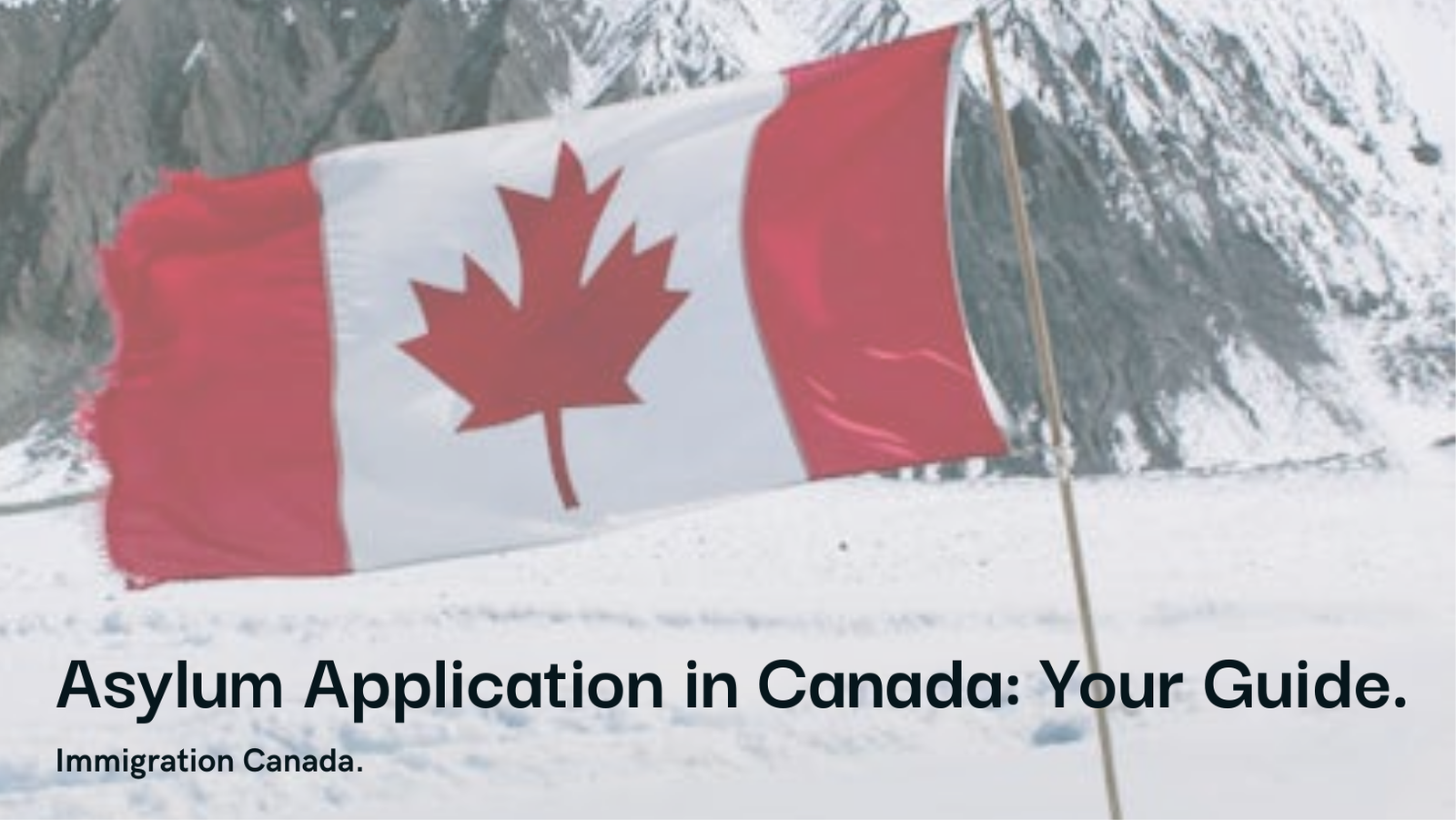Introduction
Recent large increases in claims, especially from international students, have drawn attention to Canada’s asylum-seeking landscape. Immigration Minister Marc Miller noted that this increase is evidence of Canada’s welcoming policies towards individuals who are facing persecution because of their race, religion, political opinions, or social group membership. The nation’s pledge to provide sanctuary highlights its observance of the non-refoulement principles and its function as a safe haven in accordance with international law.
This thorough guide tries to simplify the complicated process of requesting asylum in Canada by exploring the requirements for eligibility, the application procedure, and the rights and benefits granted to applicants. Our objective is to give individuals applying for asylum a clear and comprehensive road map.
Recognizing Asylum as a Safe Haven for the Persecuted
For those escaping persecution, asylum is a ray of hope because it provides them with protection under the laws of nations that respect human rights and dignity, such as Canada. The non-refoulement principle, which guarantees that no one is sent back to a nation where they face grave threats to their life or freedom, is the cornerstone of asylum.
Understanding Asylum: A Refuge for the Persecuted
Asylum represents a beacon of hope for individuals fleeing persecution, offering them protection under the auspices of countries like Canada that value human rights and dignity. The foundation of asylum lies in the principle of non-refoulement, ensuring that no one is returned to a country where they face serious threats to their life or freedom.
Types of Asylum Protection in Canada
- Refugee Status: Accorded to individuals who meet the criteria set by the 1951 Refugee Convention and its 1967 Protocol, recognizing those who cannot return to their homeland due to a well-founded fear of persecution.
- Asylum Claimants: Refers to individuals who have initiated the process to be recognized as refugees but are awaiting a decision. These claimants are entitled to specific rights and protections during this interim period.
The Path to Asylum in Canada: A Step-by-Step Guide
You may also like to read: How To Apply For Canadian Visa Without An Agent
Legal Structure
The Immigration and Refugee Protection Act (IRPA), the Convention Against Torture (CAT), and the Refugee Convention are among the international agreements that combine to regulate Canada’s asylum system. These laws specify who is eligible for refugee status as well as the subtleties of the asylum application procedure.
Qualifications
In order to be granted asylum, applicants must prove that they have a legitimate fear of being persecuted because of their race, religion, nationality, political beliefs, or membership in a specific social group. A significant factor in determining their eligibility is also the state of affairs in their nation of origin and the lack of grave criminal or security concerns.
Application Procedure
- Initial Application: Asylum claims can be made at authorized points of entry or within Canada at designated Immigration, Refugees, and Citizenship Canada (IRCC) offices.
- Basis of Claim Form (BOC): This document is pivotal in initiating the asylum claim, where applicants detail their persecution experiences and fears for their safety.
- Refugee Protection Division (RPD): Asylum claims are evaluated by the Immigration and Refugee Board (IRB)’s Refugee Processing Division (RPD), which also lets applicants make their case using testimony and supporting documentation.
- Decision Making: The RPD adjudicates on the merits of each case, granting or denying refugee protection based on the evidence presented.
Rights and Support for Asylum Seekers
- Legal Representation: Claimants have the right to legal counsel throughout the asylum process.
- Health Care Coverage: The Interim Federal Health Program (IFHP) offers limited health care benefits to asylum seekers during the processing of their claims.
- Work Authorization: Asylum seekers can apply for work permits after a certain period, enabling them to support themselves and their families financially.
- Social Services: Eligibility for limited social assistance programs may be available in some provinces for asylum seekers.
Work Authorization for Asylum Seekers
Individuals awaiting a decision on their refugee claim and their family members may apply for open work permits. This provision is aimed at facilitating their financial independence, ensuring they can cover essential living expenses during their stay in Canada.
Canada’s commitment to upholding the rights of asylum seekers and refugees reflects its humanitarian stance and dedication to international obligations. By understanding the application process, eligibility criteria, and rights accorded to asylum seekers, individuals can navigate their path to safety and security in Canada with greater confidence and clarity.
Click here for more details on applying for asylum in Canada and its process.





